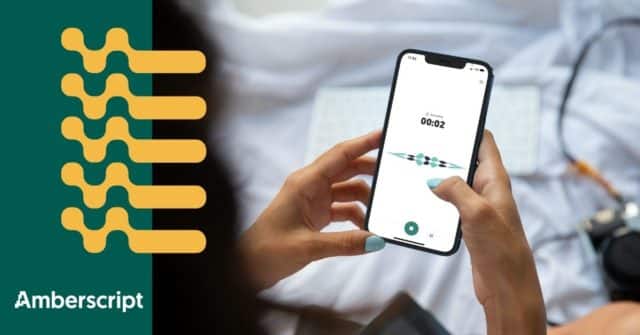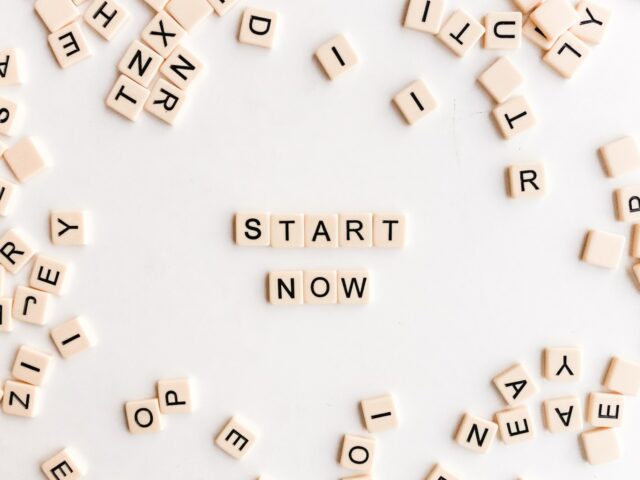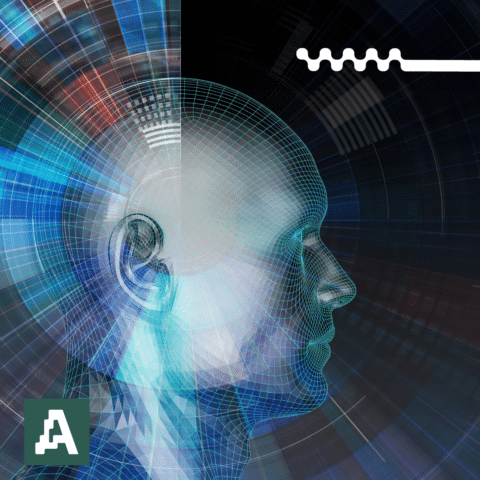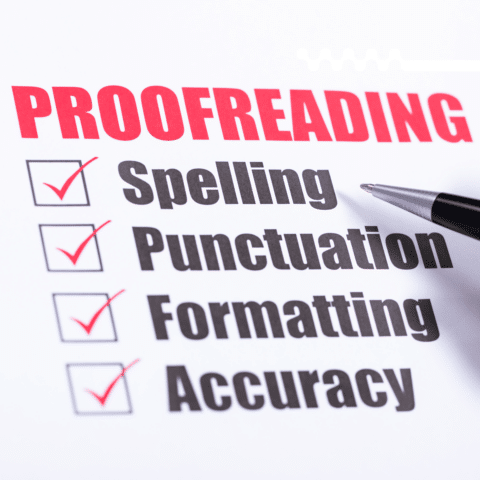Machine-Made Transcription
Artificial intelligence (AI) creates a draft of your transcript in the audio’s language.
- Complete audio transcription in minutes
- Cost-effective solution for small projects
- Seamless online editor to edit your transcripts
Transcribing an audio interview has many benefits but writing a transcription by hand can be painstakingly long. Amberscript’s transcription services utilize automatic speech recognition AI technology to transcribe audio interviews quickly and accurately.

Artificial intelligence (AI) creates a draft of your transcript in the audio’s language.
Our team of professionals creates up to 99% accurate transcripts, so you can focus on other projects.

Interview transcription is the process of converting recorded interviews into written documents. It involves capturing every word spoken by the interviewer and interviewee, including nonverbal cues. Interview transcription is important in various field such as research, journalism, law and healthcare.
Researchers can use transcriptions to analyse data accurately and identify key themes and patterns, while journalists can use them to quote interviewees accurately. In law, interview transcriptions can be used as evidence in legal proceedings. Overall, interview transcription is a valuable tool for capturing and preserving the information and insights shared during interviews.
Learn more about transcripts
Transcription is the conversion of an audio or video recording into a written text. It usually involves conversations, interviews or written documents. Trying to remember everything that is said in a conversation is often inaccurate. The purpose of a transcription is to remove the transience of oral statements and to have a written version of them through a transcript. This way of documentation cannot get lost and can be used for later analysis.
Learn all about transcripts
If an interview is not transcribed, it cannot be coded, analysed and commented on. Also, an interview is unstructured data – once you record and transcribe it, you have proof of the information that was exchanged. In written form, you can actually decode the information, cite it and use it for your research.

Automatic speech recognition (ASR) with high accuracy: Amberscript uses advanced ASR technology with high accuracy rates to transcribe interviews quickly and efficiently.
Advanced language models and natural language processing (NLP): Amberscript’s advanced language models and NLP technology enable it to accurately transcribe interviews in a variety of languages and dialects.

Human transcribers for added accuracy and quality: For added accuracy and quality, Amberscript offers the option of having human transcribers review and edit the automatic transcription.
Confidentiality agreements and secure data handling: Amberscript takes data privacy and confidentiality seriously, ensuring that all transcribers sign confidentiality agreements and that all data is handled securely.

Compliant with GDPR and other privacy regulations: Amberscript is compliant with the EU’s General Data Protection Regulation (GDPR) and other privacy regulations to ensure the protection of personal data.
Encrypted data storage and access controls: Amberscript encrypts all data at rest and in transit and has strict access controls to ensure that data is only accessible to authorized personnel.